GM-80: The front-wheel-drive Camaro that wasn’t
The 1980s were a time of turmoil in Detroit. Uncertainty about gas prices began to drive design decisions, as did cost-cutting, which was necessary in order for the Big Three to compete with the Japanese automakers suddenly gaining traction in the American market. Chrysler, Ford, and General Motors began to turn away from tradition and embrace more advanced technologies such as electronic fuel injection and computer-assisted design to maintain their market share.
Front-wheel drive was also front and center for the Big Three. Each was intrigued by its promise of more compact packaging and improved fuel efficiency. Chrysler was all-in, pegging its future on the K-car platform and its countless derivatives, but even though Ford and General Motors were a little slower at transitioning their respective lineups to front-drive, by the mid-’80s the drivetrain layout dominated American showrooms.
No model was too sacred for front-wheel-drive conversion, as Ford demonstrated by abandoning decades of heritage and replacing the Mustang with a front-drive, wedge-shaped coupe codenamed the ST-16. The enmity of existing Mustang owners plus internal opposition eventually spelled doom for a pony-badged model that couldn’t fit a V-8, and the ST-16 project was eventually released as the Ford Probe.
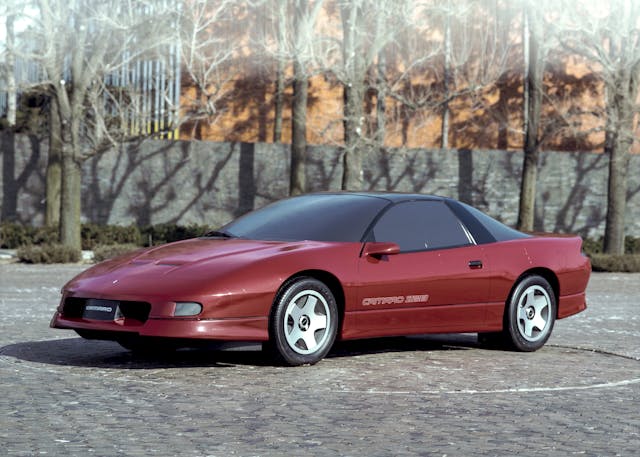
The Mustang/Probe debacle played out in a fairly public manner. Automotive media placed it front and center in the late ’80s, but less advertised were GM’s front-drive schemes for its vaunted F-body Chevrolet Camaro and Pontiac Firebird.
It was called the “GM-80” project—and it was a total failure.
Future-proofing the F-body
A front-wheel-drive replacement for the F-body had been axed at the end of the 1970s. Not until development began for the fourth-gen Camaro and Firebird did GM seriously consider this option. The institutional momentum was there, since the majority of GM’s compact, mid-size, and full-size cars used various FWD platforms by the mid-1980s.
As with Ford and its pre-Probe Mustang experiment, GM wagered that front-drive replacements for its muscle cars would minimize production costs and allow for a more lightweight chassis and body. GM even considered using steel for the frame and composite plastic for the panels. Chevrolet and Pontiac were similarly intrigued by the potential of adding all-wheel drive to the mix, a feature General Motors had been experimenting with on other small coupe concepts like the Beretta.
As if front-wheel drive weren’t a big enough departure from the F-body template, GM had no plans to build an eight-cylinder version of any GM 80 model. Instead, the General would rely on its upcoming, dual-overhead cam “Quad 4” four-cylinder engine, intended for the spiciest compacts from Oldsmobile and Chevrolet. If higher-ups deemed the 150-to-180 horsepower promised by that motor to be insufficient, engineers planned a 3.4-liter V-6 good for 200 horses. Their hope? That a lighter platform paired with high-revving four- and six-cylinder engines would close the gap to the torque-happy V-8s of the past.
Styling suited to the future?
From nose to tail, the GM-80 versions of the Camaro and Firebird were shorter than their predecessors. From our vantage point today, they are remarkably similar to evolutions of the fourth-generation, rear-drive F-body that arrived nearly a decade later. The Camaro especially hewed close to the production car that debuted in 1993 on the final iteration of the F-body chassis. The GM-80 Pontiac, not so much.
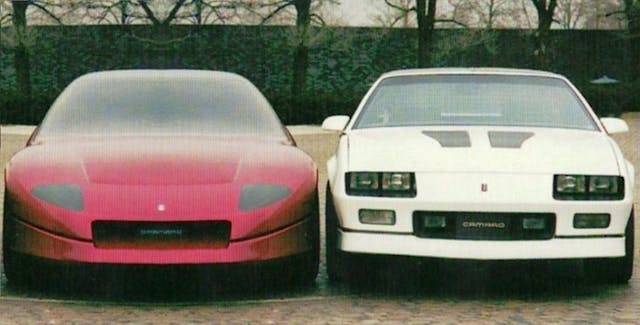
Hovering in the background was a more unusual implementation of the GM-80 that repackaged the platform’s tidy dimensions into those of a luxurious GT car, which traded a hatchback for a traditional trunk and wore a flatter front end. Only blurry photos of test mules exist today to show what this model—which some speculate was a “touring coupe” for the Oldsmobile brand—looked like.
Members of Oldsmobile’s design studios and performance divisions from that era who were contacted for this story had no memory of such a vehicle existing, but they did confirm that at least one in-house studio had been assigned to the GM-80 project.
Too expensive, too heavy, too dangerous
Stunted and neutered, the GM-80 replacement for the F-body was becoming more like the Pontiac Fiero in terms of performance and attitude than the small-block Camaro and Firebird whose tire tracks it was intended to fill. In some ways, this Fiero-adjacent personality was all part of GM’s plan. At the time, the Fiero was produced in a plant that was designed for 350,000 units a year but operating far below that figure. After Fiero’s first-year peak (136,840), sales dwindled until GM tapped the GM-80 platform to absorb the plant’s extra capacity.
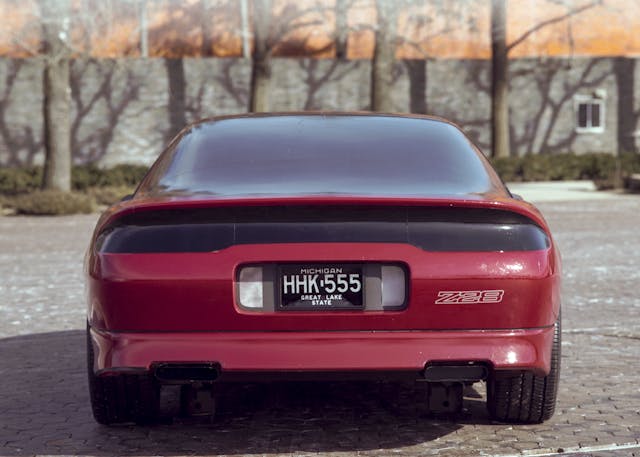
Unfortunately, as with so many programs initiated at General Motors during the 1980s, the GM-80 was a victim of technological overreach. Engineers could not produce the weight savings needed to ensure the platform’s performance. The composite body panels were heavier and more expensive to produce than originally hoped. Even worse, their heft didn’t translate into safety: The GM-80 also failed to pass crash tests. Development costs quickly spiraled out of control at perhaps the worst possible time for GM, which was in the midst of yet another budget crisis and unable to absorb the investment required to execute the GM-80 properly. By late 1986, chairman Roger Smith had canceled the entire effort.
One more dead end
Almost none of the GM-80 made its way into any of the parallel small-car programs underway at GM. It was largely a dead end, one that cost General Motors tens of millions of dollars and played a role in delaying the third-gen F-body’s replacement (GM-80 Camaros and Firebirds were tapped for 1990 release rather than the 1993 on-sale date eventually seen by the fourth-gens). The front-drive platform’s failure also helped to doom the Fiero; without the GM-80 to boost production totals, GM couldn’t justify operating the Fiero plant at 11 percent capacity (30,000 units).
Would it actually have been worse for Chevrolet and Pontiac to double-down on the GM-80 and exit the muscle car market entirely? It’s likely. While the Camaro and Firebird twins were never able to match the sales fervor associated with the Mustang, it’s hard to imagine a scenario in which front-wheel drive (or even all-wheel drive) compacts would have generated enough sales among the muscle-car faithful to maintain the models’ popularity.
Ultimately, GM-80 was a problem without a good solution, a situation that was sadly common at General Motors during the 1980s. The front-wheel drive Camaro-that-wasn’t joins the Oldsmobile diesel, the X-car debacle, and the Cadillac 8-6-4 variable displacement engine as examples of the company attempting to bring to market technologies and features well before they were ready for prime time.
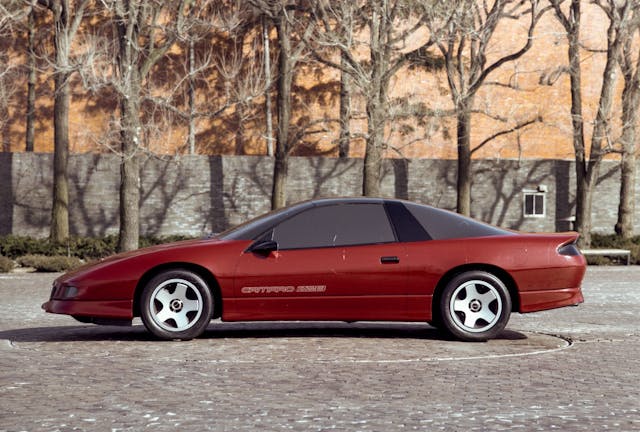
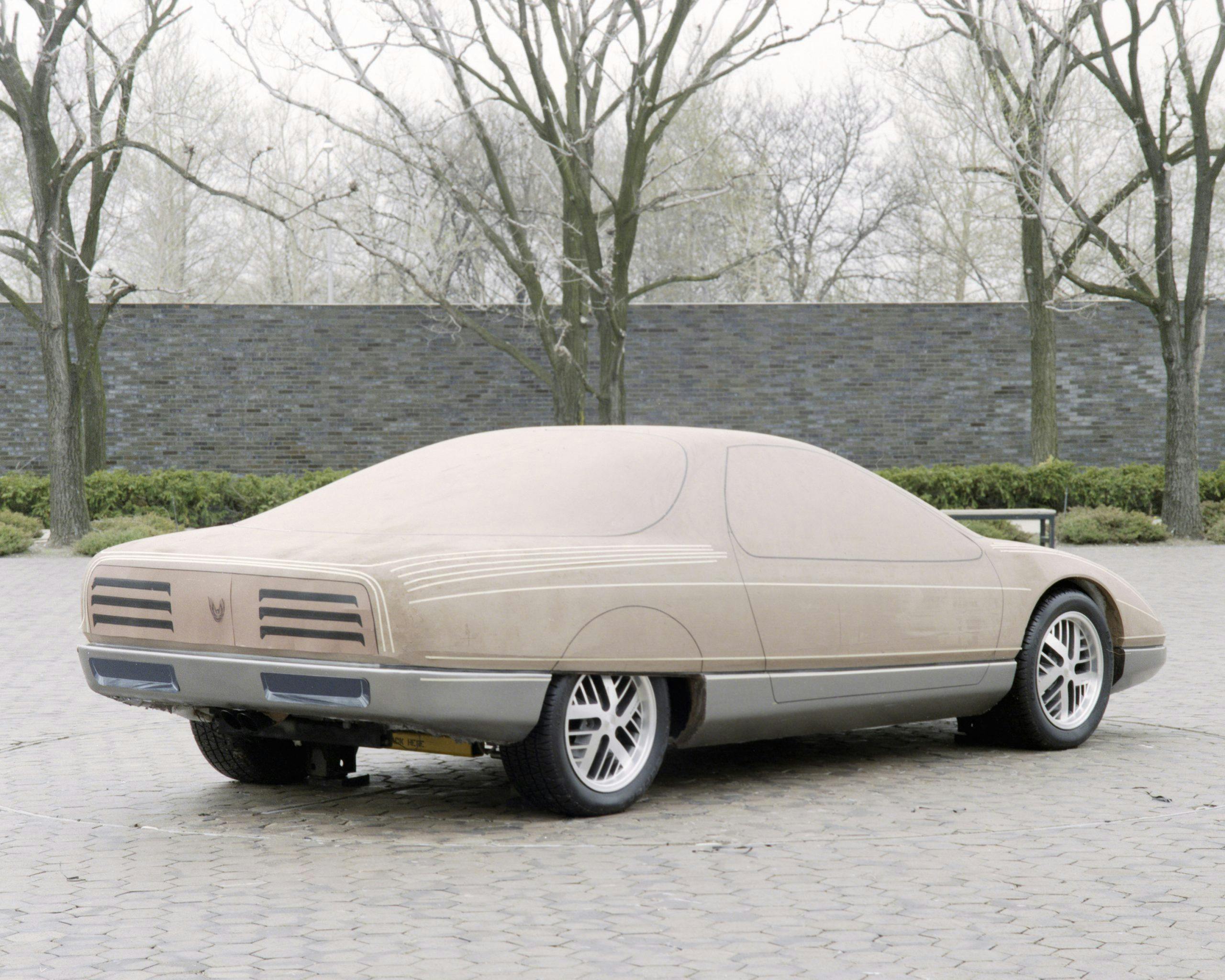
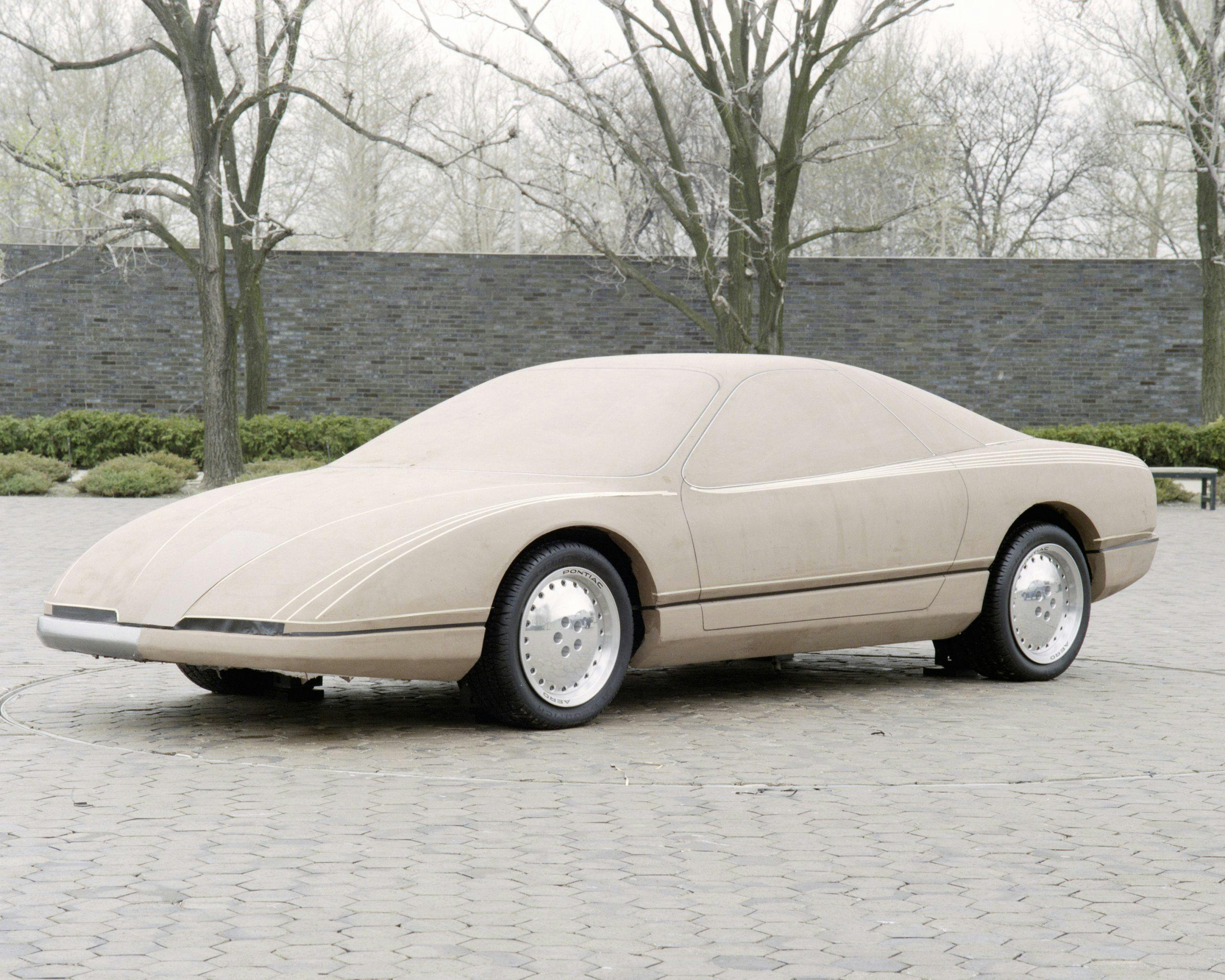
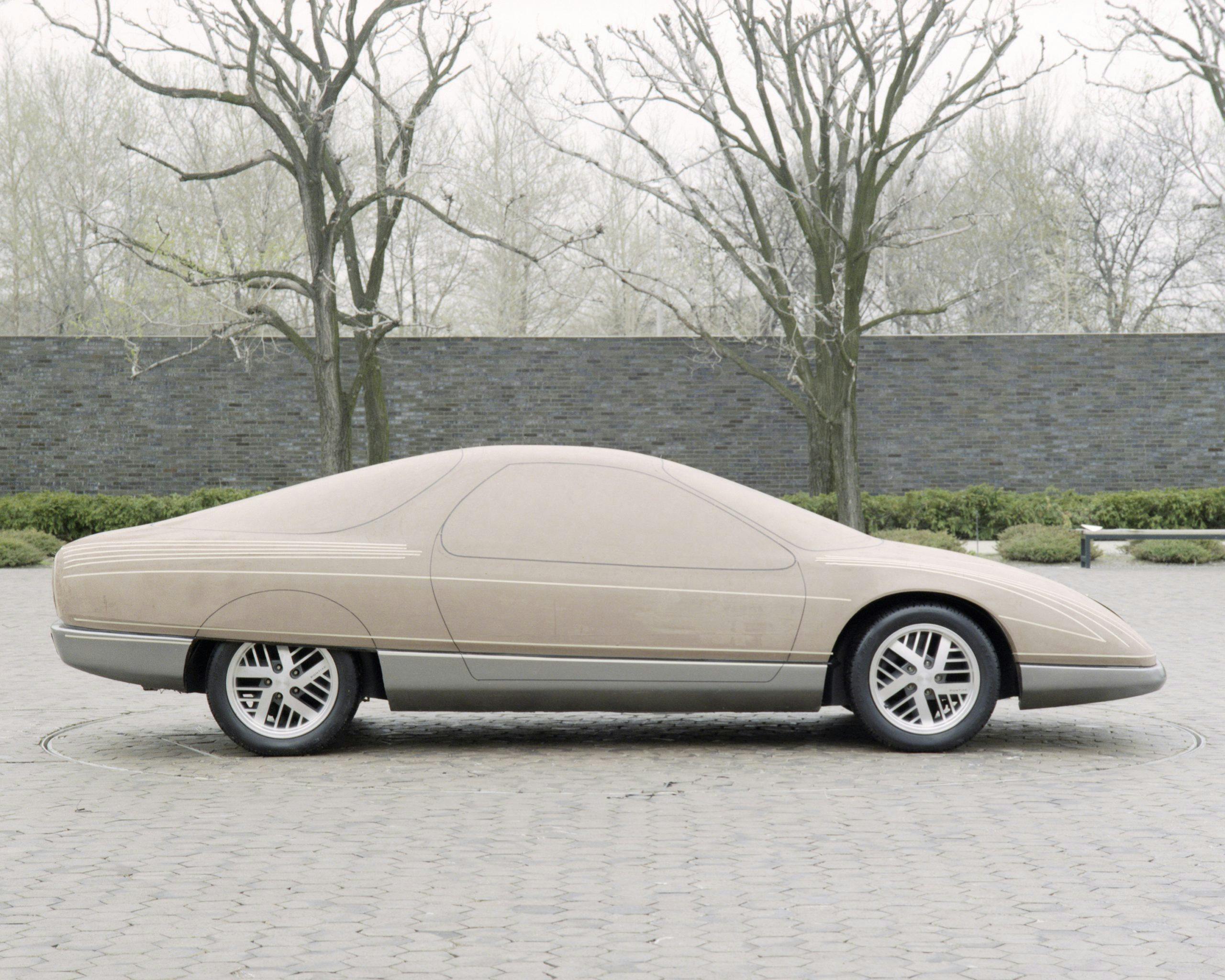
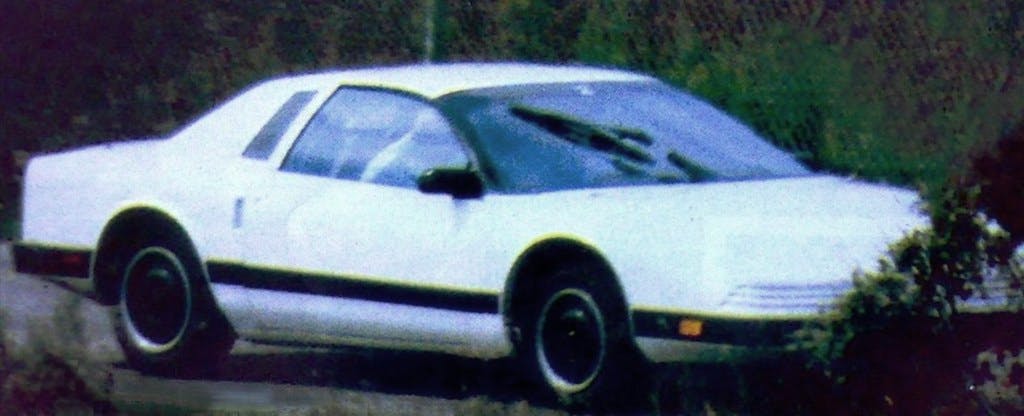
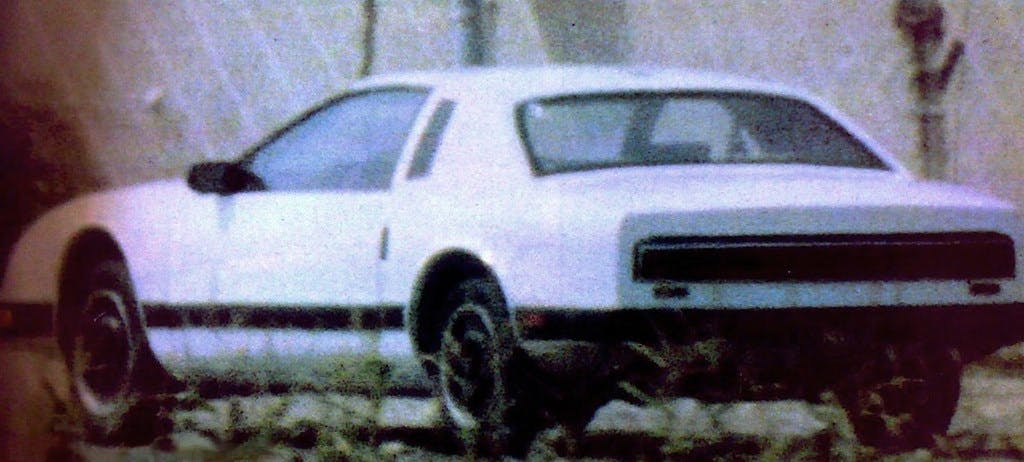
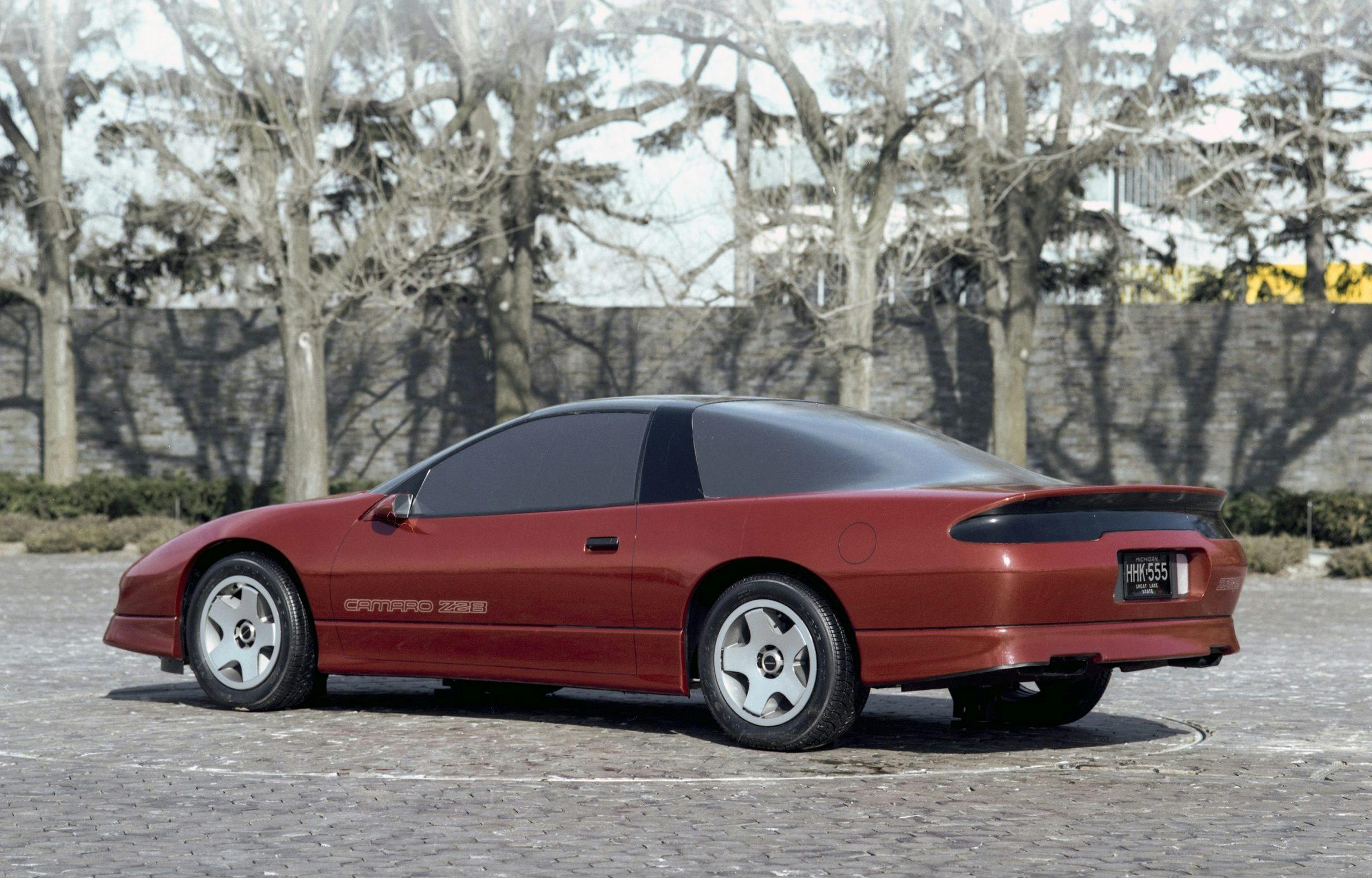
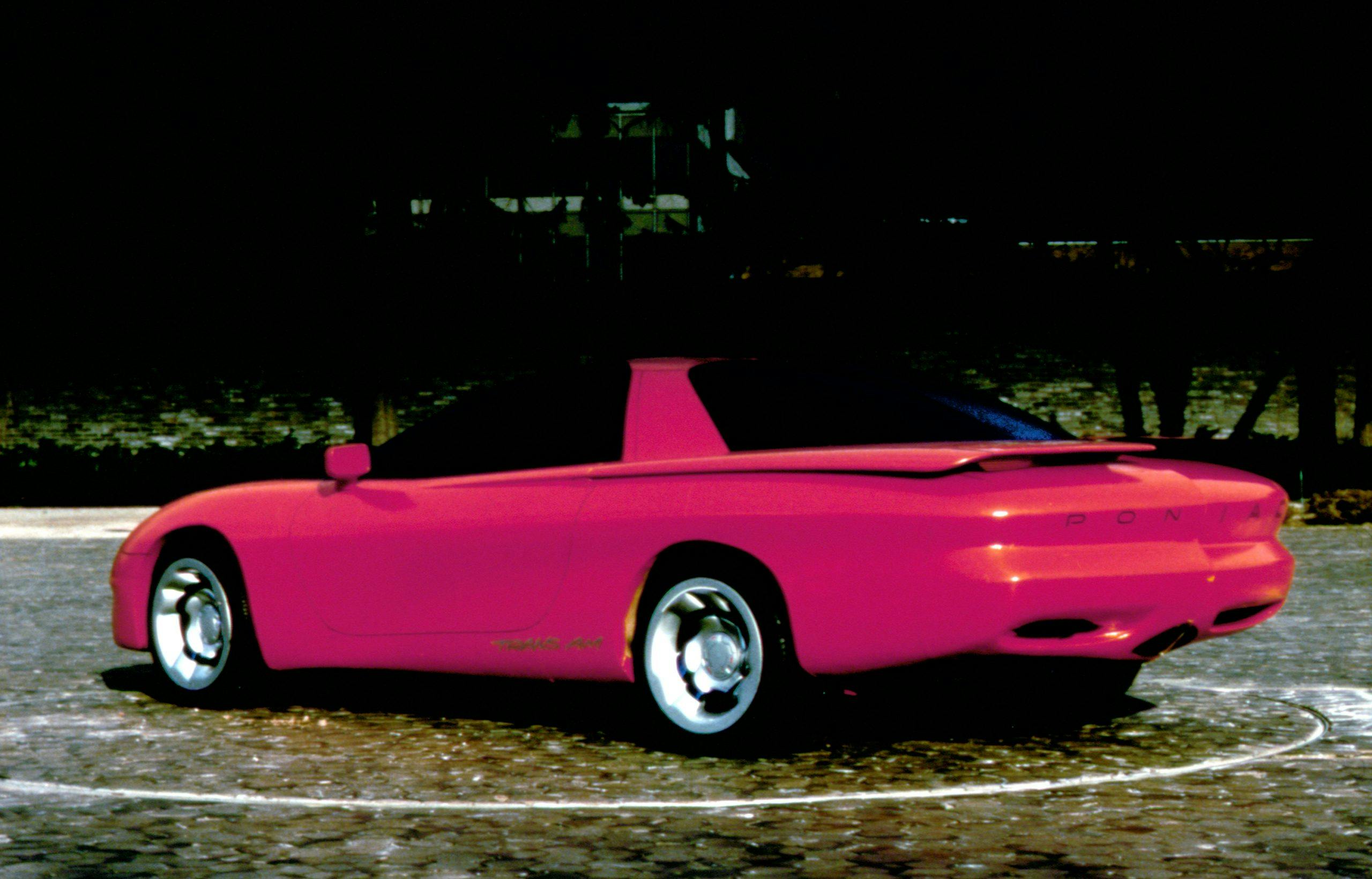


It would have been an interesting thing to have happened but the RWD Camaro was likely more fun. It is sad the Camaro is now about to be dead again.